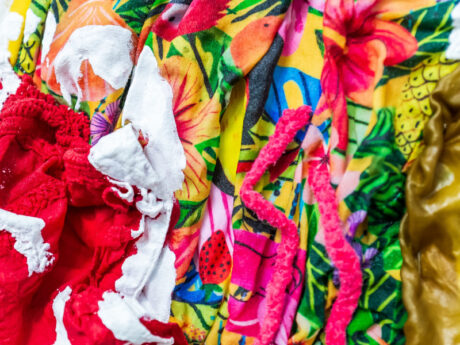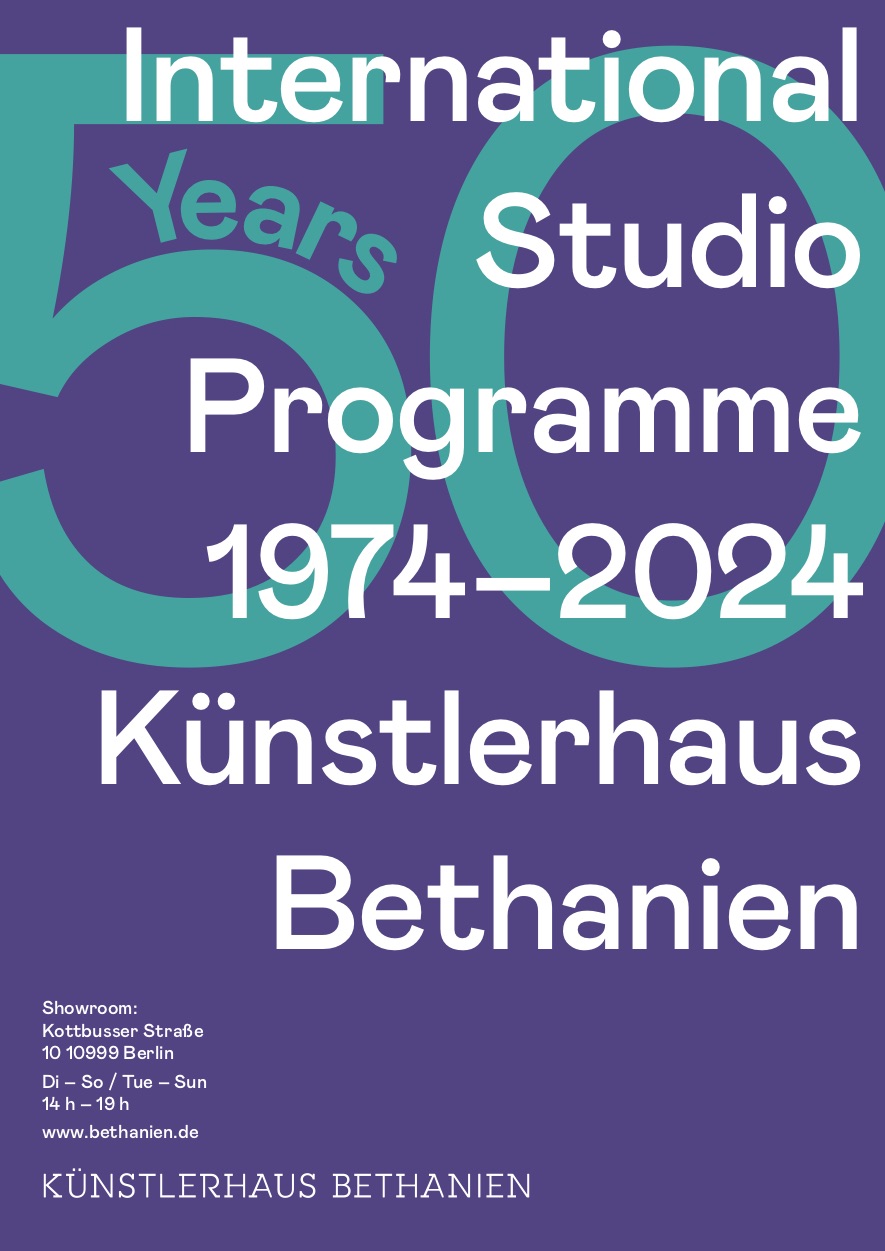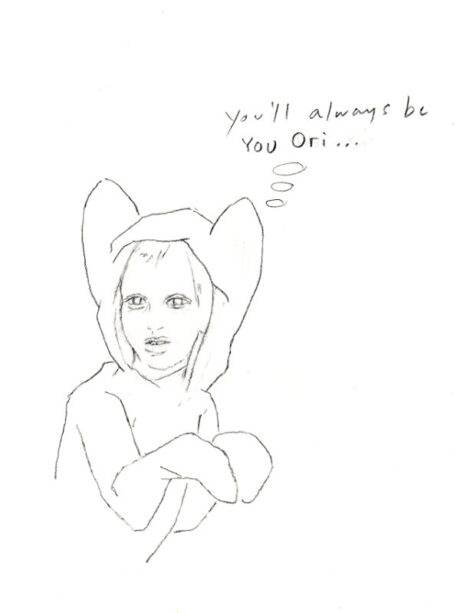Künstlerhaus Bethanien
The Künstlerhaus Bethanien is an international cultural centre in Berlin. An artist-in-residence programme with workspaces for professional artists and exhibition spaces, it is dedicated to the advancement of contemporary visual arts. As part of its residency scheme, it aims to establish a lively dialogue between artists from various backgrounds and disciplines, and the public at large.
To achieve these goals, the Künstlerhaus Bethanien organises a wide range of events ranging from monthly exhibition openings to private and public studio visits (“Open Studios”). The focus of its manifold missions is the International Studio Programme, where artists from around the world conceive and present new projects with the help of its team. The Künstlerhaus Bethanien continually strives to expand its international network by securing new partnerships.
The Künstlerhaus furthermore encourages critical reflection on subjects related to contemporary art and culture through its wide range of publications, among which artists’ and exhibition catalogues as well as the Be Magazine, a yearly journal for art and criticism. The present booklet provides readers with extensive information on the institution’s activities and this year’s artists-in-residence.
To achieve these goals, the Künstlerhaus Bethanien organises a wide range of events ranging from monthly exhibition openings to private and public studio visits (“Open Studios”). The focus of its manifold missions is the International Studio Programme, where artists from around the world conceive and present new projects with the help of its team. The Künstlerhaus Bethanien continually strives to expand its international network by securing new partnerships.
The Künstlerhaus furthermore encourages critical reflection on subjects related to contemporary art and culture through its wide range of publications, among which artists’ and exhibition catalogues as well as the Be Magazine, a yearly journal for art and criticism. The present booklet provides readers with extensive information on the institution’s activities and this year’s artists-in-residence.


